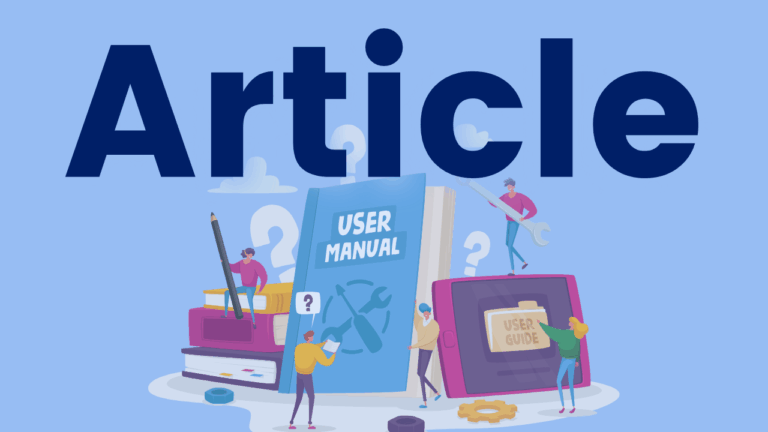Text Selection Criteria
This printable tip sheet for educators is designed to help you select the most appropriate text for your learners.

This printable tip sheet for educators is designed to help you select the most appropriate text for your learners.

This download includes a set of 6 graphic organizers designed to support students in building their reading comprehension skills.

School Leadership Teams need to know how well their MTSS for reading is implemented in their schools. The Reading Tiered Fidelity Inventory (R-TFI) Version 2.1 is an assessment leaders can use to assess the fidelity of instruction across all tiers of instruction.

In this Reading Rockets article, the authors outline critical literacy and how to achieve this in your K-3 classroom using high-quality read alouds and provide a step-by-step model using an actual book.

In this 45-minute webcast from Reading Rockets, Cynthia Lundgren & Kristina Robertson explore the role of vocabulary in reading comprehension and provide practical strategies for improving reading comprehension for Multilingual Learners.

In this 2-page handout from Achieve the Core, you will learn all about text sets: what they are, why they are important, where to source some, and how to build your own.

In this overview from Reading Rockets on teaching text structure, you’ll learn about the 5 most common text structures (narrative, descriptive, expository, procedural/instructional, and argumentative/persuasive) and their features and how to help students learn to identify and use text structures in their reading and writing. The article also provides downloadable printables that can be used…

In this International Dyslexia Association Perspectives article, Nancy Chapel Eberhardt discusses instructional practices to teach grammar and syntax with a focus that will increase the reader’s understanding of complex texts. This article will give educators examples of how to use a Function-Based Instructional Approach in their classrooms, including sentence expansion, using because but so, and…

In this International Dyslexia Association Perspectives article, Kate Cain explores the topic of reading comprehension and how language skills develop. The article explains how vocabulary acquisition, understanding of sentence structure and how sentences work together, the ability to infer and integrate information, and building a mental model of the text’s meaning while you are reading…

In this International Dyslexia Association Perspectives article, authors Jane Oakhill and Kate Cain explore the factors supporting reading comprehension beyond basic decoding and suggest critical skills that should form the core of literacy instruction and interventions to support poor reading comprehension. The article outlines which skills are critical, such as teaching specific vocabulary words, how to…

In this Knowledge Matters Campaign article, Daniel Willingham explores the factors that lead to critical thinking skills, noting that background, or domain knowledge, plays a key factor. Willingham notes, “background knowledge is absolutely integral to effectively deploying important cognitive processes,” suggesting that facts that are taught need to be meaningful, can be learned incidentally and…

In this column for American Educator, cognitive scientist Daniel Willingham defines critical thinking and provides strategies for fostering thinking in the everyday classroom. Willingham defines critical thinking in three ways stating it must be: novel, self-directed and effective and that it is the third attribute that makes it difficult as what constitutes effective thinking varies…